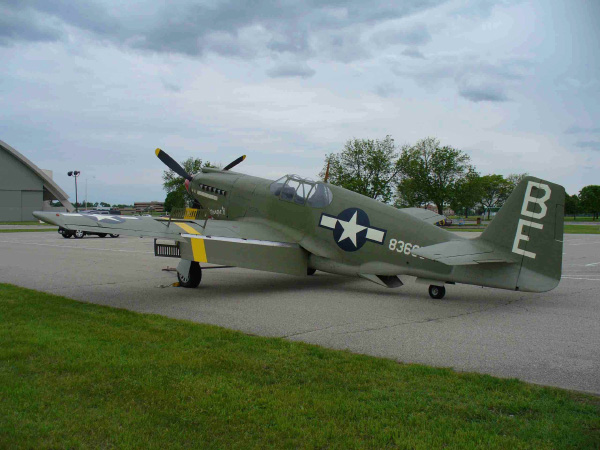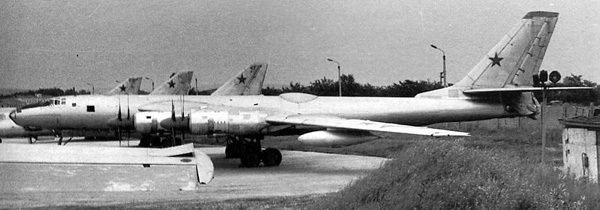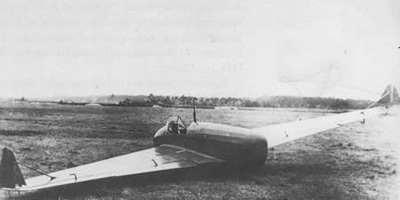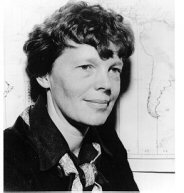THE PLANE THET SAVED MUSTANG

Powered by an Allison V-12 engine equipped with a single stage supercharger, the A-36 Apache was essentially an early model P-51 Mustang
fitted with two dive brakes on each wing. Other modifications to the
airframe included strengthening of the wings, movement of the bomb racks
closer to the main landing gear for less wing “flexing” while the plane
was taxiing, and the installation of small vent windows in the
windscreen side panels. In addition, two .50 caliber machine guns were
mounted in each wing, and two Browning M2
.50 cal. guns were mounted in the lower nose to fire through the
propeller. Naturally, the A-36 inherited the Mustang’s clean
aerodynamics; but why did North American turn the P-51 into a
dive-bomber? To answer this question, we must look at the Mustang’s
origins.
LEER MAS.........................








